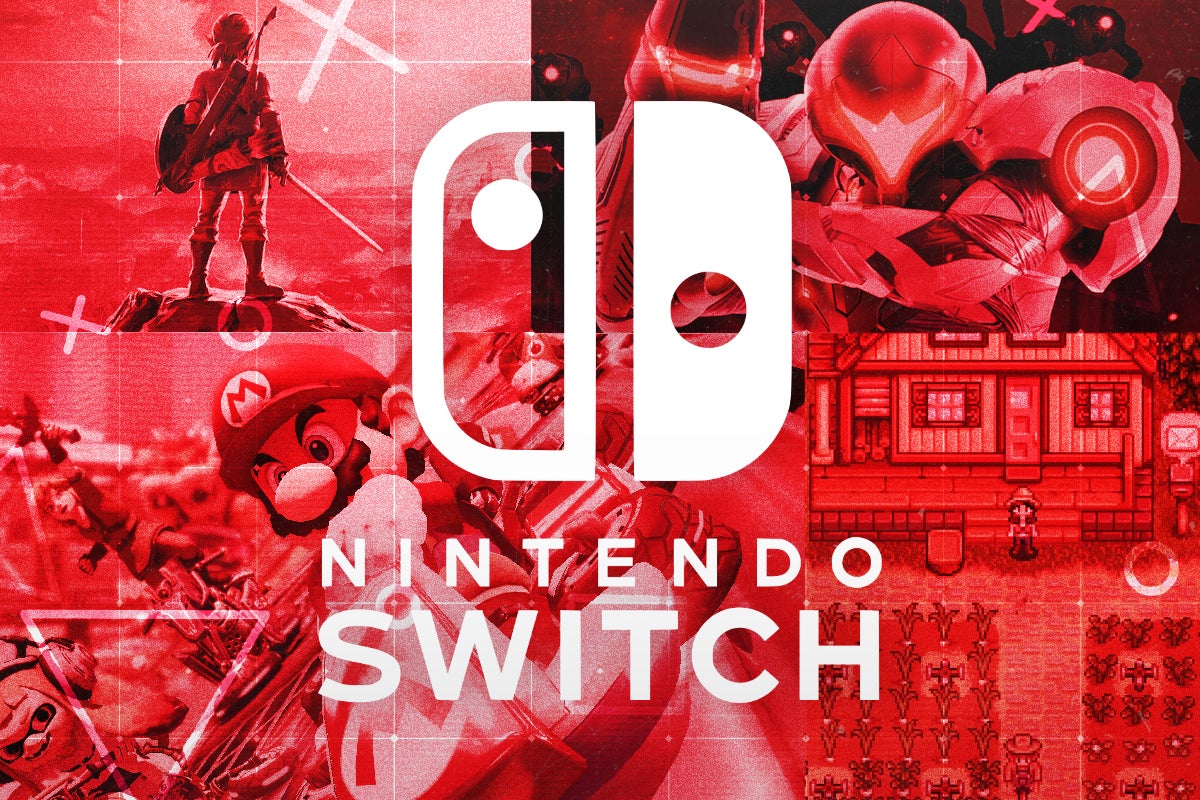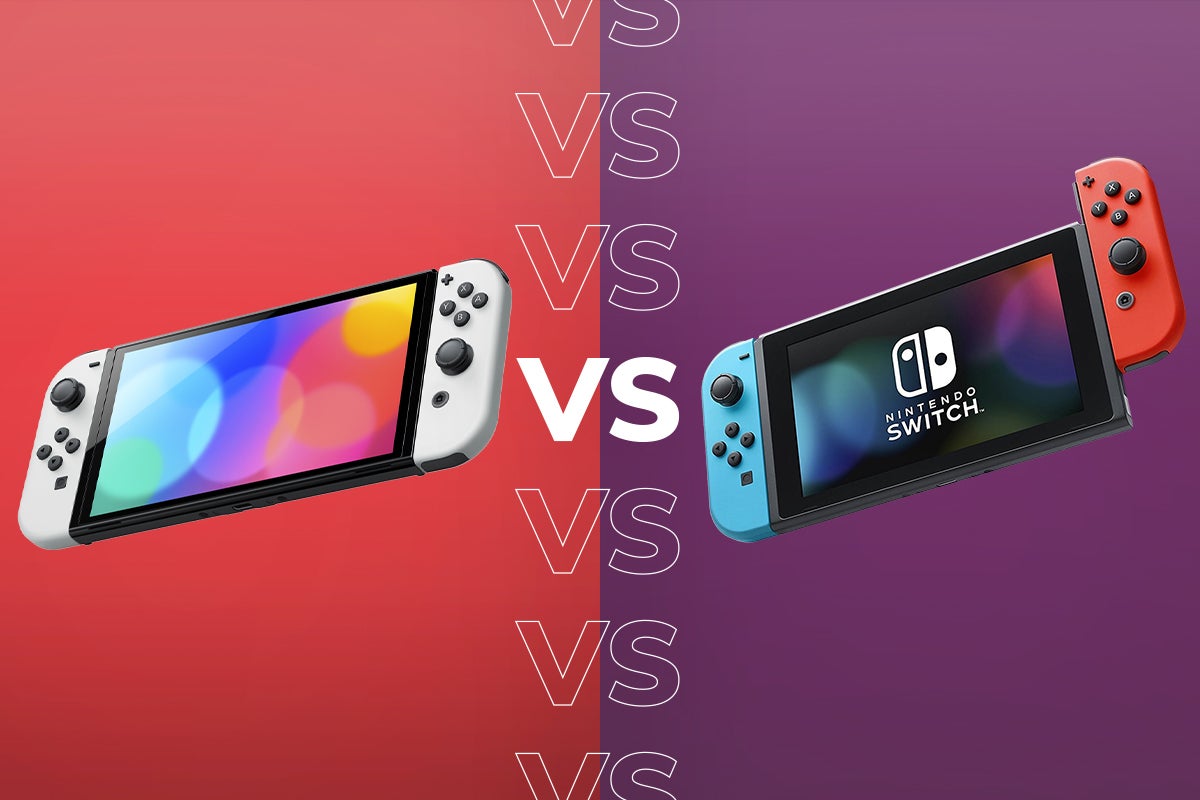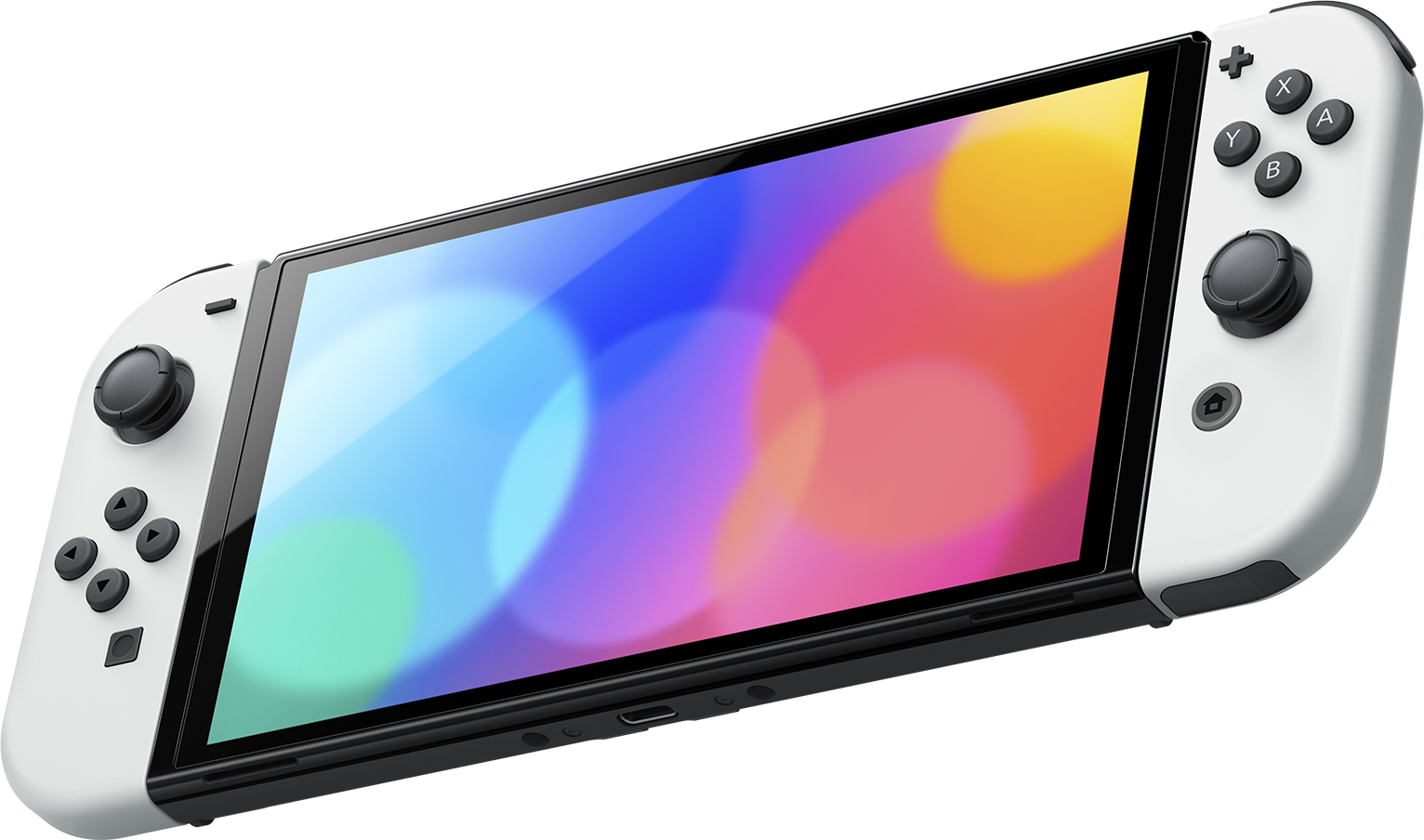I’d take a Dell UFO or SteamPal over the Nintendo Switch OLED
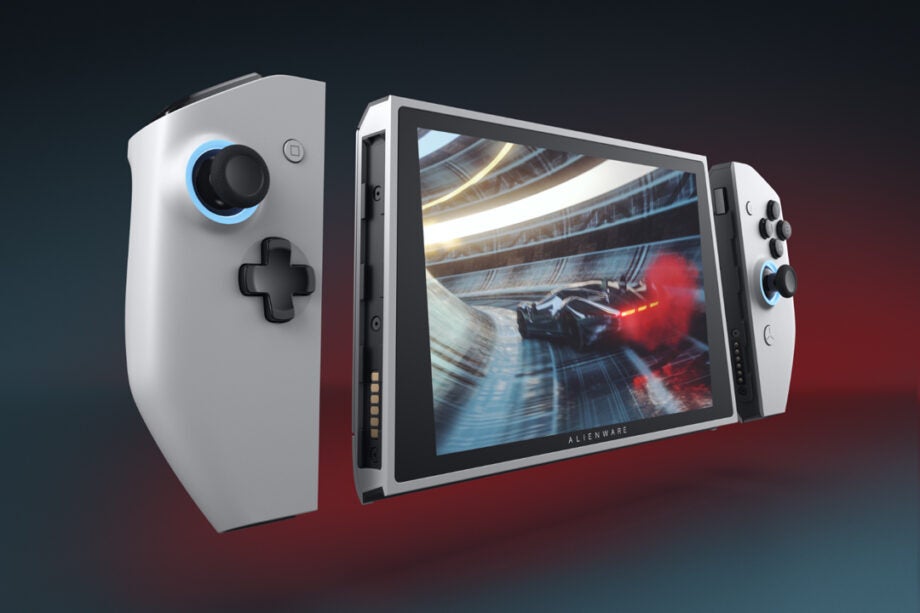
Today, after years of rumours and clamouring fans begging Nintendo for it, the Japanese gaming legend finally released a new variant of its Switch games console.
However, it wasn’t the 4K, supercharged Nintendo Switch Pro many, including the team of tech and gaming experts at Trusted Labs, were expecting.
Instead, it was a halfway house Nintendo Switch OLED.
The new Switch has a slightly reworked stand, double the internal storage and a larger screen that ditches LCD for OLED.
Don’t get me wrong, these changes are awesome and will hopefully offer a much better gaming experience – though we can’t confirm this until we get one into Trusted Labs for testing.
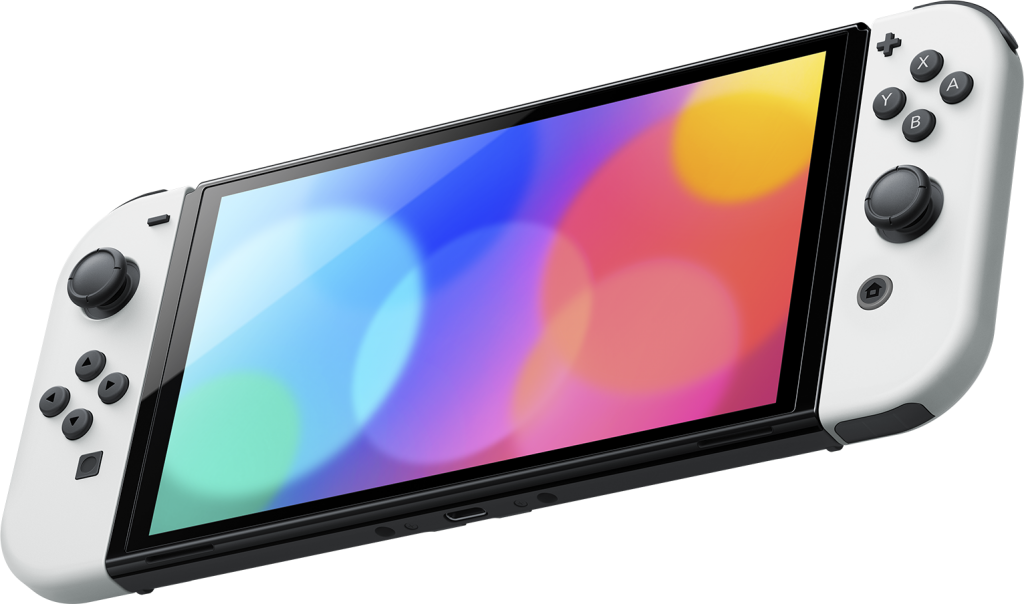
In our experience, OLED tech offers much deeper blacks, better contrast and generally more dynamic picture quality than LCD, especially when it’s set up correctly.
But for me, as a PC gamer, the console misses the mark in a few key ways and showcases what in my mind are the biggest weaknesses with Nintendo’s current strategy.
For starters, because Nintendo doesn’t want the console to cost too much, it hasn’t refreshed any of the important internals, like the GPU or CPU. Considering the fact the Nvidia Tegra chip used was already close to retirement when the Switch first launched, this is a little disappointing.
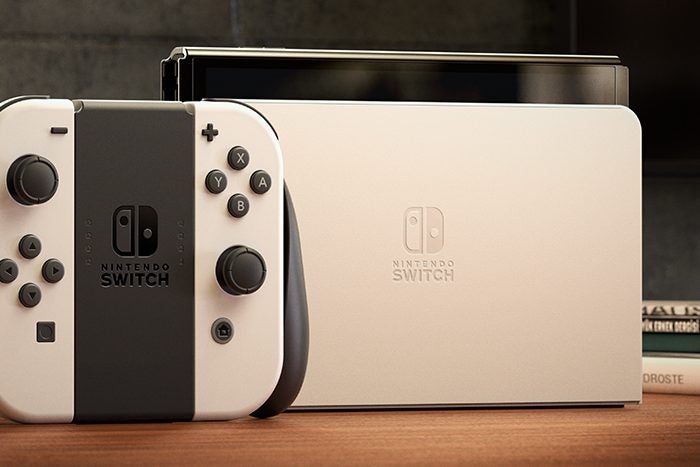
It’s also likely a key reason the OLED model doesn’t have a variable refresh rate, or the ability to run games in 4K at all. In our experience the Tegra-powered Switch struggles to play some modern games at over 30fps in 720p, so 4K is definitely beyond it.
I get that Nintendo’s not interested in getting into a tech arms race with Microsoft and Sony, but even a minor performance bump would have been nice and there are other avenues Nintendo could have gone down to do this without new silicon.
Think about 5G, for example. We’ve already seen numerous great game streaming services including Microsoft Games Pass, GeForce Now and Stadia run smoothly on the UK’s 5G network, which at its peak can offer gigabit per second speeds that are more than fast enough to stream AAA games. Why not add a sim card option to let the Switch do the same? Qualcomm reportedly plans too…
This is especially damning when you look at all the great Switch-like devices we’ve seen appear over the last few years. The Dell Alienware UFO Concept remains an exciting idea to this day, especially when you look at what’s happening in the CPU and GPU markets at the moment.
Both AMD and Nvidia have started releasing awesome mobile chips that from our experience testing some of 2021’s best gaming laptops are more than efficient and powerful enough to run in small form factor devices.
However, this would admittedly this would likely be a custom job for the manufacturer to actually get them running in something shaped like a Switch. If Intel delivers on even a third of its XE graphics promises, this could make things even easier for hardware developers.
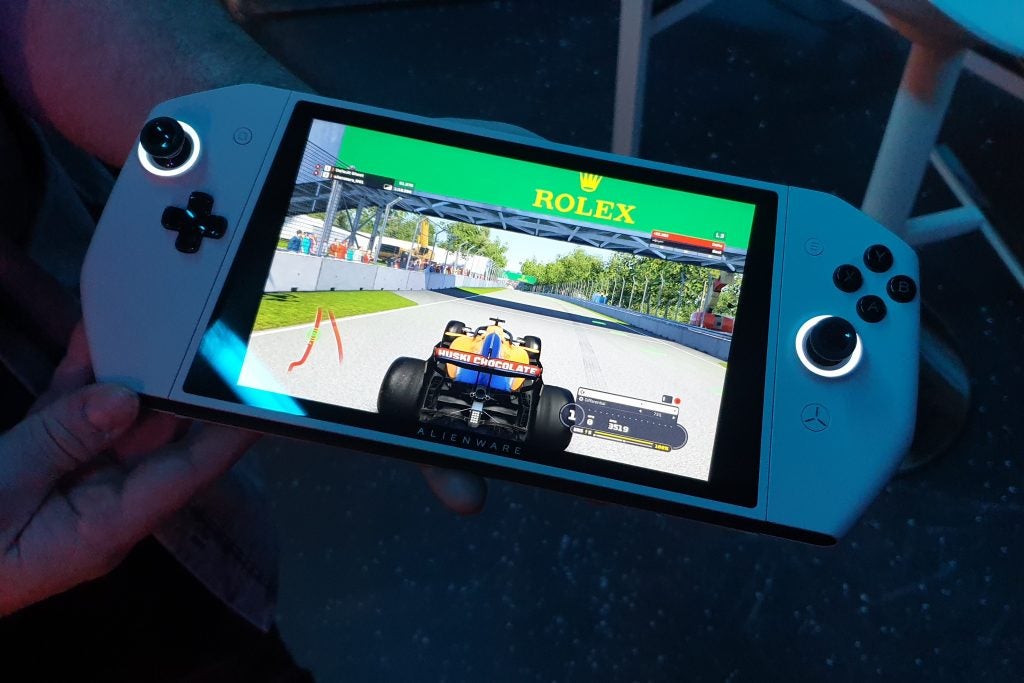
Then there’s the advent of Windows 11, an OS that is lighter than Windows 10 and has a wealth of gaming and Xbox features that could make it THE best iteration of the OS for gamers in the firm’s history.
Putting that aside, you then have rumblings of Valve working on its own Switch clone, the SteamPal. Valve still owns and runs one of the biggest and most diverse gaming libraries on the planet. As a PC gamer with multiple generations of consoles worth of titles on Steam, having a portable machine with access to them is very appealing.
There’s so much cutting-edge technology available these days that could be incredibly beneficial for a handheld console, yet Nintendo has chosen to snub it all besides an OLED panel. It’s because of this that I can’t help but feel Nintendo’s new Switch OLED is a minor disappointment, and indicative of a wider problem with the gaming company’s long term strategy.
Jargon buster
OLED
Organic Light Emitting Diode is panel technology that allows each individual pixel to produce light rather than relying on a backlight. This enables the screen to accurately display blacks by turning off the pixel, resulting in improved contrast compared to conventional LCD panels.
Refresh Rate
The number of times the screen refreshes itself per second.
FPS
‘Framerate per second’ indicates how many images are shown within one second. The higher this figure, the smoother in-game motion will appear. Powerful discrete GPUs are far more likely to offer higher framerates compared to integrated graphics housed inside processors.
5G
Offering faster download and upload speeds when compared to 4G. Great for game streaming and HDR video playback. Not supported everywhere yet and speeds vary wildly.


